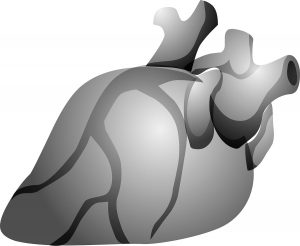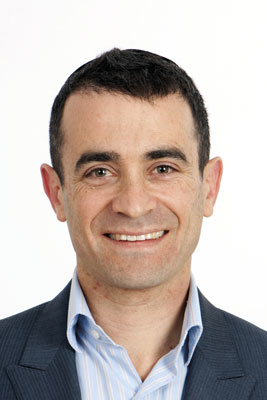 ED: The humble cardioversion – commonly the briefest anaesthetic of one’s life – can be a great tool to restore sinus rhythm in patients with a common unpleasant, though intrinsically benign, condition. The decision to go ahead, however opens a larger issue on the overall management of the AF patient.
ED: The humble cardioversion – commonly the briefest anaesthetic of one’s life – can be a great tool to restore sinus rhythm in patients with a common unpleasant, though intrinsically benign, condition. The decision to go ahead, however opens a larger issue on the overall management of the AF patient.
Cardioversion restores sinus rhythm from atrial fibrillation (AF) via either chemical or – more commonly – electrical (DCCV) means. However, not all AF patients benefit from cardioversion. In medicine, improving symptoms is often the greatest gain so patients with unpleasant AF symptoms represent good motivation to limit AF.
Problem persistence
Rate control improves some symptoms; however, the intrinsic irregularity of AF often remains disagreeable. Furthermore, some patients have specific symptoms than palpitations alone, including shortness of breath, dizziness and lethargy.

DCCV can restore sinus rhythm in the vast majority of cases but for how long? With no ongoing anti-arrhythmic effects, AF will recur in more patients without antiarrhythmic drugs, or ablation. Each cardioversion patient should be considered for these measures.
Caution should be applied before cardioversion to ensure the patient has either been anticoagulated without interruption for at least a month or that the AF clearly started within 48 hours. If those criteria are not met, the cardioversion should be deferred or transoesophageal echocardiography used to rule out intra-cardiac thrombus. In all cases, continuing anticoagulation for at least a month post cardioversion is strongly recommended.
Aside from symptomatic AF, others can benefit from rhythm control over rate control alone. Recent evidence supports maintaining sinus rhythm in patients with severe left ventricular impairment as this conveys survival benefit in this group. Patients with tachycardia-mediated cardiomyopathy who cannot be practically rate controlled, would very likely have improved outcomes from cardioversion plus anti-arrhythmic strategies (or indeed a “pace-and-ablate” approach of pacemaker followed by A-V nodal ablation). Patients with acute haemodynamic compromise in AF often need urgent cardioversion as well.
Important considerations in rhythm control
Firstly, all parties should be clear that this approach has not been shown to reduce stroke risk and therefore does not have much bearing on anticoagulation.
Secondly, anti-arrhythmic measures are more effective earlier in the natural history of AF. Patients with longer standing persistent AF develop more significant atrial myopathy (dilation, fibrosis, etc.) and therefore have reduced success rates from both medications and ablation to maintain sinus rhythm. Attempting cardioversion in some cases of very long-standing AF with severely dilated atria (or other structural heart disease) could indeed be viewed as futile.
As well as providing a period to compare symptoms in sinus rhythm to those in AF, cardioversion followed by a period of anti-arrhythmics provides a window to address other contributory factors to AF including obesity, sleep apnoea and alcohol intake. Australian research supports aggressive management of these risk factors to improve AF and quality of life outcomes.
References available on request.
Questions? Contact the editor.
Author competing interests: nil relevant disclosures.
Disclaimer: Please note, this website is not a substitute for independent professional advice. Nothing contained in this website is intended to be used as medical advice and it is not intended to be used to diagnose, treat, cure or prevent any disease, nor should it be used for therapeutic purposes or as a substitute for your own health professional’s advice. Opinions expressed at this website do not necessarily reflect those of Medical Forum magazine. Medical Forum makes no warranties about any of the content of this website, nor any representations or undertakings about any content of any other website referred to, or accessible, through this website.

